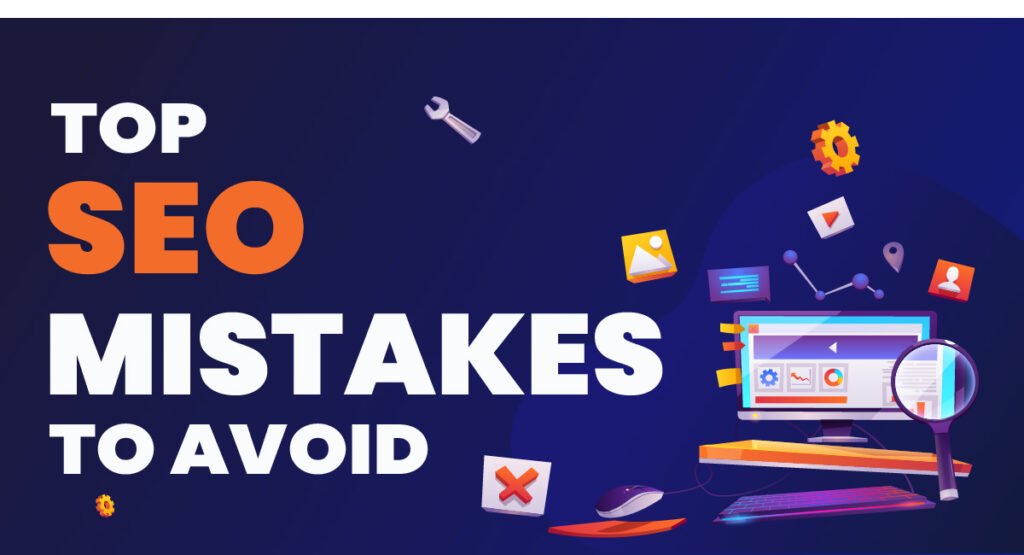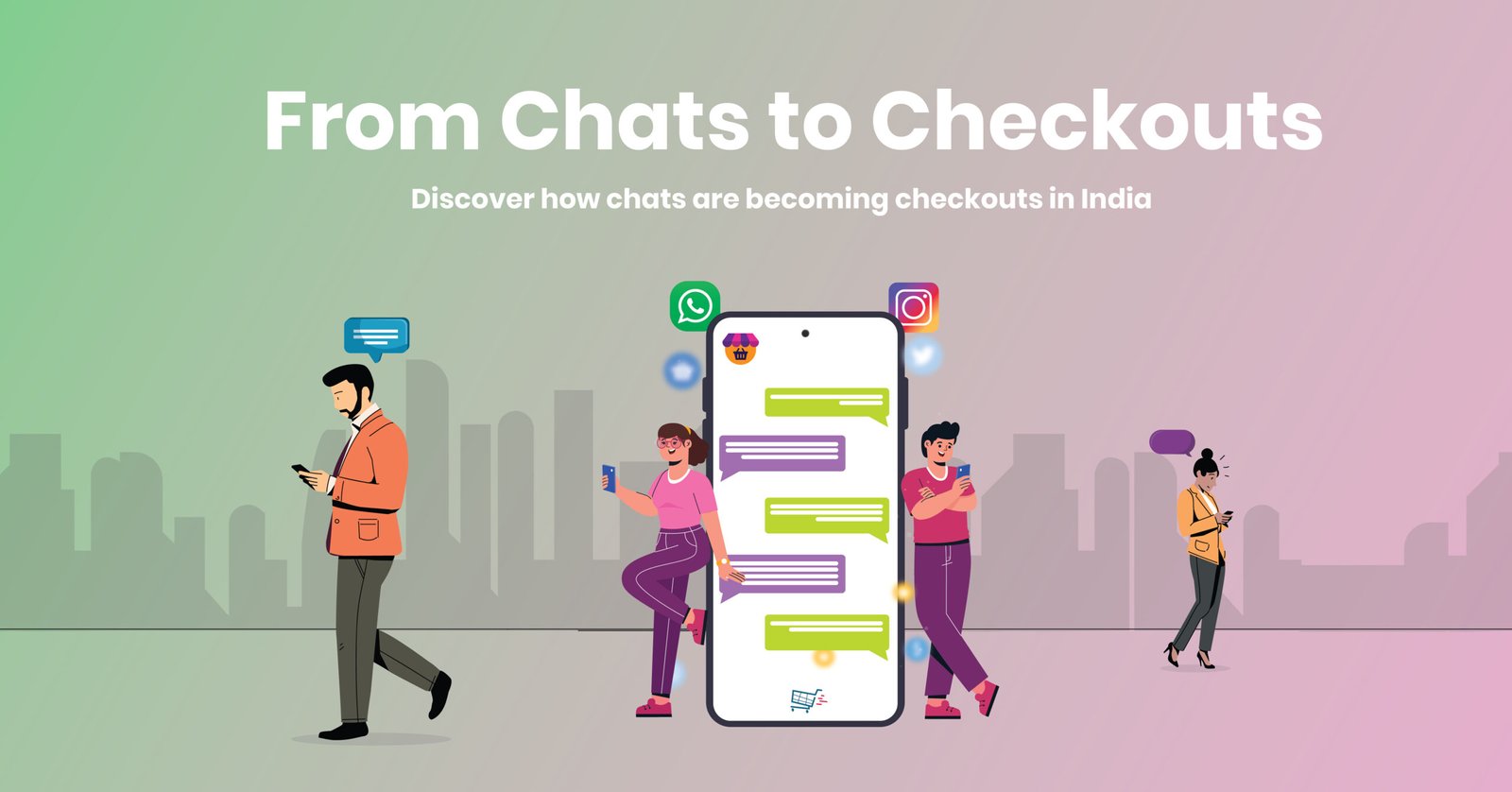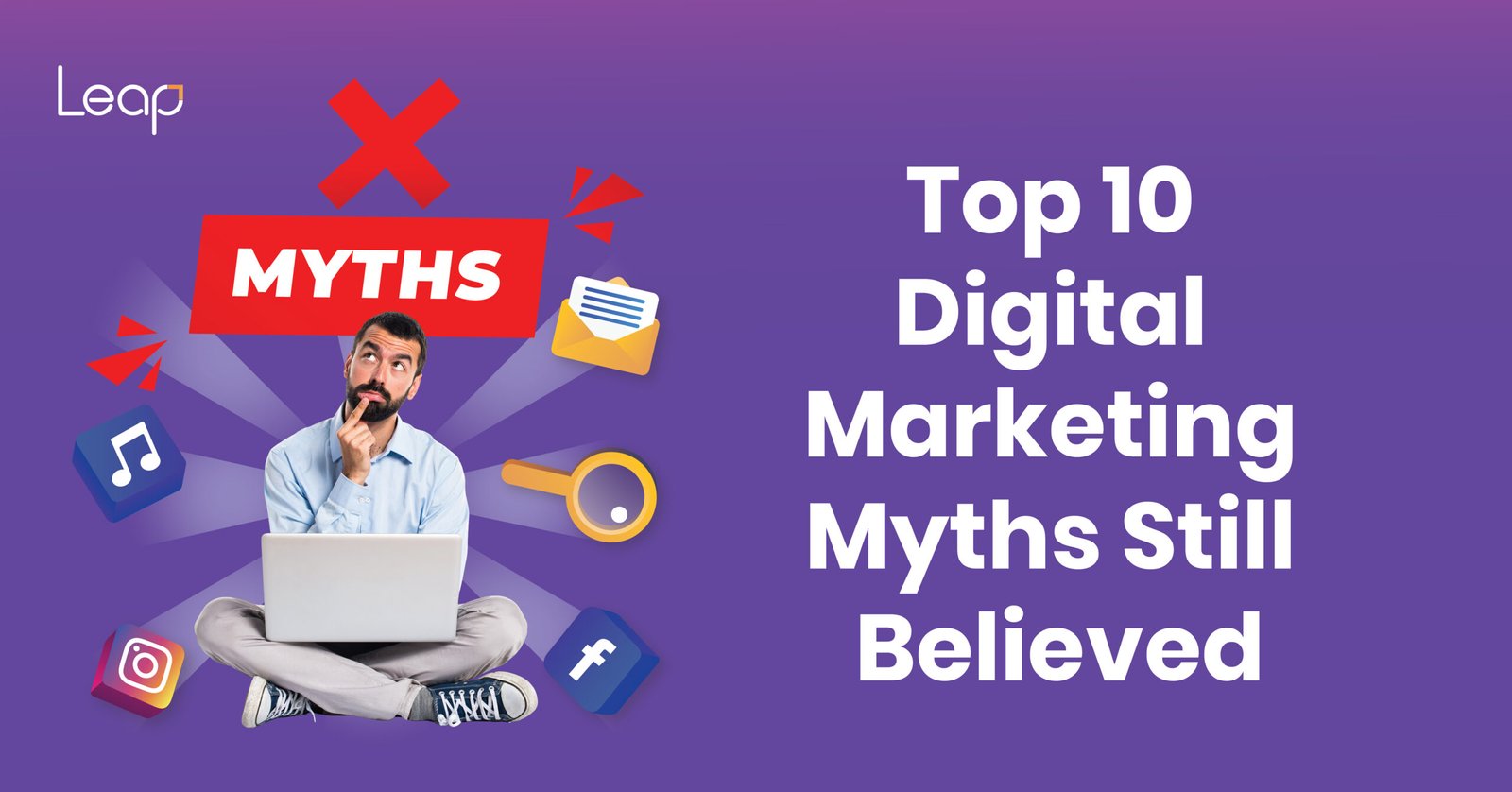
Introduction
In the fast-evolving world of digital marketing, Search Engine Optimization (SEO) remains a cornerstone of online visibility. With algorithms constantly changing and user behaviors shifting, avoiding outdated or ineffective SEO practices is more important than ever. As we step into 2025, businesses must stay vigilant and proactive to ensure they’re not making costly SEO mistakes that could hurt their rankings, visibility, and ROI. This article highlights the top SEO mistakes to avoid in 2025 and how to fix them effectively.
Mistake 1: Keyword Stuffing
Keyword stuffing is the outdated practice of overloading a page with the same keyword in hopes of ranking higher on search engines. This disrupts content flow, damages readability, and ultimately leads to penalties from Google. The algorithm now detects unnatural patterns and prioritizes content that serves real user intent. When your content sounds robotic or repetitive, both users and search engines are turned off. This mistake is common in blogs, meta descriptions, and even e-commerce listings.
Solution: Instead of forcefully inserting keywords, focus on natural placement that fits the context. Use variations, synonyms, and LSI (Latent Semantic Indexing) keywords. Write with clarity and value, targeting what your audience truly wants to read. Tools like SurferSEO and Frase can help maintain balance while optimizing.
Mistake 2: Low-Quality Content
Low-quality content includes poorly written, thin, copied, or irrelevant content that offers no value to users. It not only discourages engagement but also increases bounce rates and decreases dwell time—two major signals search engines use to rank pages. In 2025, Google prioritizes quality indicators like topical relevance, depth, and trustworthiness. Content farms and generic blog posts don’t cut it anymore.
Solution: Invest time in crafting original, well-structured content with actionable insights. Incorporate credible sources, add statistics where needed, and make your content skimmable with headings and visuals. Write to solve problems or answer real questions from your audience.
Mistake 3: Ignoring Search Intent
Failing to consider search intent results in content mismatches where what you provide doesn’t align with what users are looking for. Someone searching “best DSLR cameras” likely wants product comparisons, not a technical breakdown of camera parts. Ignoring this disconnect reduces engagement and pushes users away quickly. This mistake is often made when targeting only keywords without researching the user’s goal.
Solution: Before creating content, analyze the search engine results page (SERP) for your target keywords. Understand if the intent is informational, transactional, or navigational. Match the format—use blog posts, videos, or product pages depending on what users expect. Intent-driven content increases time on site and conversions.
Mistake 4: Lack of Mobile Optimization
With over 65% of global searches now happening on mobile devices, a desktop-only approach drastically limits visibility. A non-responsive design causes distorted layouts, hard-to-click buttons, and long loading times on smaller screens. Google uses mobile-first indexing, meaning your mobile version determines your rankings. Ignoring this trend can severely affect SEO performance and user retention.
Solution: Use a responsive design that automatically adjusts to screen sizes. Ensure buttons are easy to tap and fonts are legible on all devices. Test your site with Google’s Mobile-Friendly Test tool. Optimize loading speed for mobile through image compression and minimal scripts.
Mistake 5: Duplicate Content
Duplicate content—whether copied from another site or repeated across your own pages—confuses search engines. It dilutes authority, splits link equity, and can cause indexing issues. Google may devalue or even deindex pages that offer no unique value. This mistake often happens on product pages, tag archives, or during content syndication.
Solution: Run regular audits using tools like Copyscape, Siteliner, or SEMrush. Consolidate similar pages and use canonical tags to point to the original version. Rewrite or expand existing content to make it unique and useful.
Mistake 6: Slow Site Speed
A slow-loading website frustrates users and signals poor performance to search engines. Google considers speed a ranking factor, especially with Core Web Vitals metrics like LCP and FID. High bounce rates due to delays can cost you leads and revenue. Many factors contribute to slow speed, unoptimized images, heavy scripts, or poor hosting.
Solution: Compress images without losing quality using tools like TinyPNG. Minify JavaScript and CSS files. Use caching, enable lazy loading, and choose a reliable web host or CDN (Content Delivery Network). Regularly test your speed on PageSpeed Insights and GTmetrix.
Mistake 7: Ignoring User Experience (UX)
Even if your content is keyword-optimized, a poor user experience can destroy its performance. Complex navigation, confusing layouts, or excessive pop-ups frustrate users and increase bounce rates. UX also affects metrics like dwell time and page views—key indicators Google uses to evaluate quality. A bad experience turns traffic into missed opportunities.
Solution: Design with the user in mind. Use intuitive navigation menus, ensure accessibility, and keep your design clutter-free. Incorporate clear CTAs, fast loading, and visual consistency. Optimize for usability and aesthetics equally.
Mistake 8: Forgetting Image Alt Text
Images without alt attributes are missed opportunities for both SEO and accessibility. Google relies on alt text to understand what an image represents. Without it, your images won’t appear in search results, and screen readers can’t interpret them for visually impaired users. This often-overlooked step can improve your site’s relevance and traffic.
Solution: Add descriptive alt text to all images using clear, concise language. Include relevant keywords if appropriate, but avoid stuffing. Keep it meaningful and accurate to the image context. Use SEO-friendly filenames for additional value.
Mistake 9: Overlooking Local SEO
Local SEO is vital for businesses with a physical presence or regional service area. Without it, you’re invisible to nearby customers actively searching for your offerings. Missing or inconsistent business listings, lack of reviews, or poor map visibility all lead to lost local traffic. This can severely affect footfall and leads.
Solution: Claim and fully optimize your Google Business Profile. Use consistent NAP (Name, Address, Phone) details across all directories. Encourage satisfied customers to leave reviews, and add local keywords to your content and metadata.
Mistake 10: Weak Internal Linking
Poor internal linking can leave valuable pages isolated and difficult for both users and crawlers to find. It weakens your site structure, reduces crawl efficiency, and squanders the potential of spreading link equity. Orphaned content is often overlooked by search engines, resulting in reduced visibility and value.
Solution: Develop a solid internal linking strategy. Link new content to older, related posts using keyword-rich anchor text. Use breadcrumb navigation and contextual links to guide users and bots throughout your site. Audit regularly to fix broken or missing links.
Conclusion
Avoiding these SEO mistakes can be the difference between ranking on page one and getting lost in search engine oblivion. By focusing on high-quality content, mobile optimization, user intent, and technical SEO, your brand can thrive in the competitive digital ecosystem of 2025. Ready to boost your SEO strategy and drive more organic traffic?
Partner with Leap Marcom — your trusted digital marketing agency for future-ready SEO solutions.
Frequently Asked Questions (FAQs)
You should perform a full SEO audit every 3–6 months to ensure content, speed, links, and technical health are optimized.
Absolutely. It disrupts user experience and can lead to penalties from search engines. Focus on natural, intent-based keyword usage.
Use Google Page Speed Insights to diagnose issues and work on improving LCP, FID, and CLS by optimizing images, code, and loading processes.
Start by claiming your Google Business Profile, gathering local reviews, and using local keywords in your content and metadata.
Yes. Use canonical tags, rewrite content to be unique, and remove or redirect duplicate pages where necessary.









